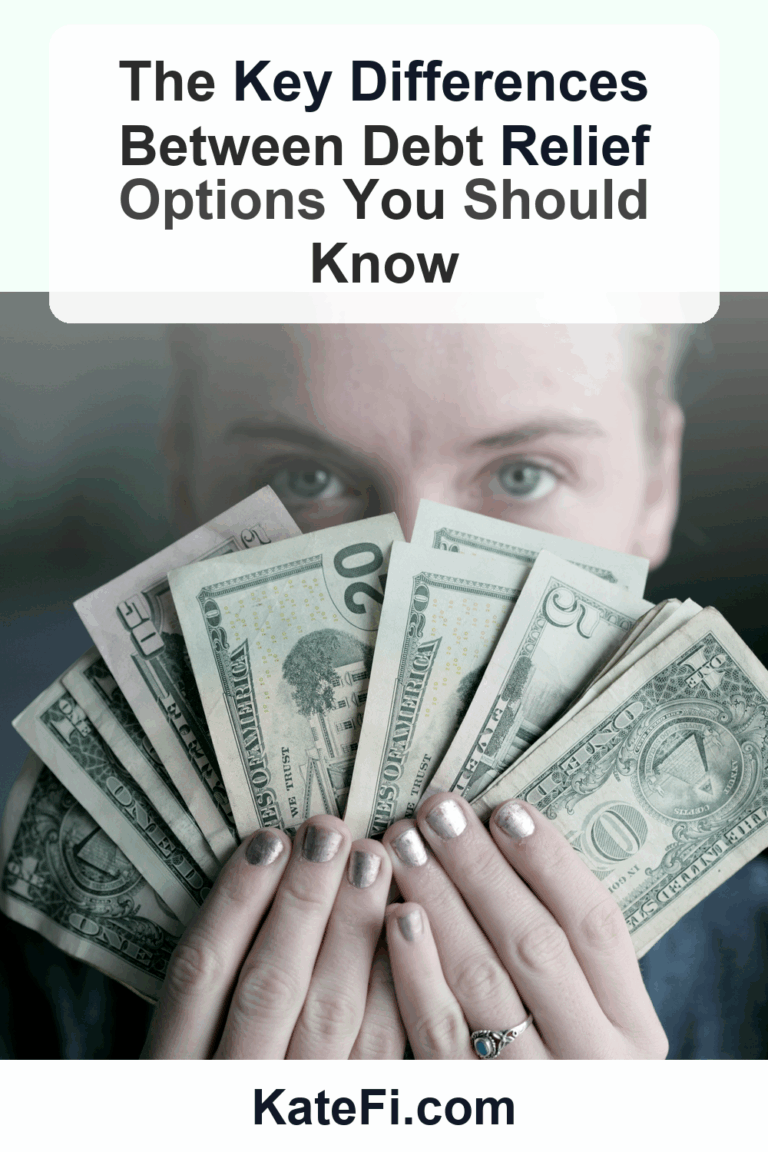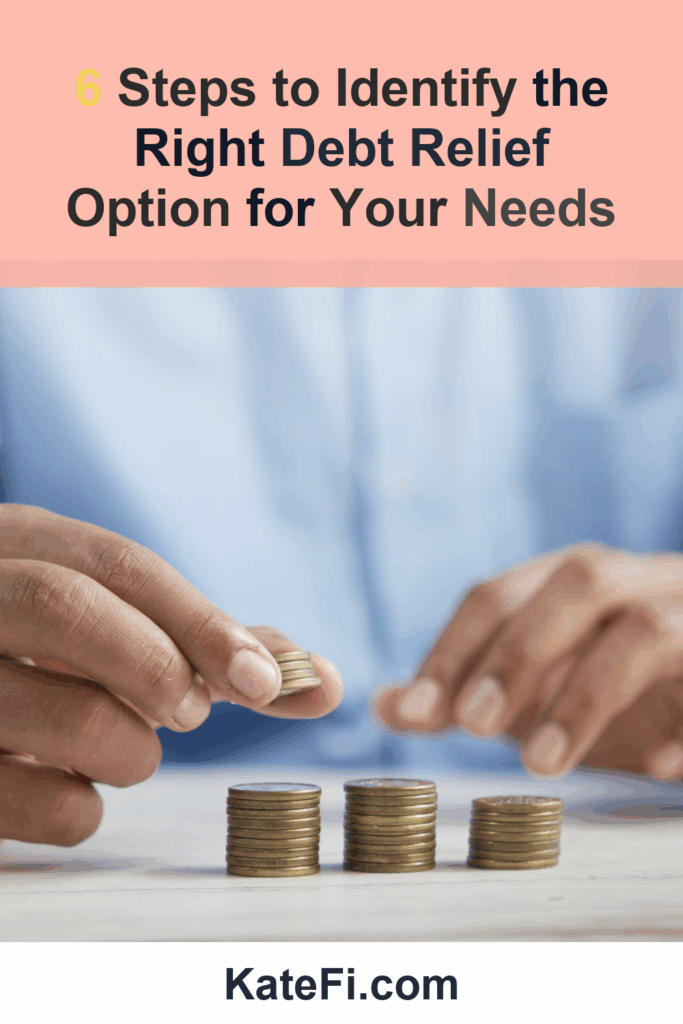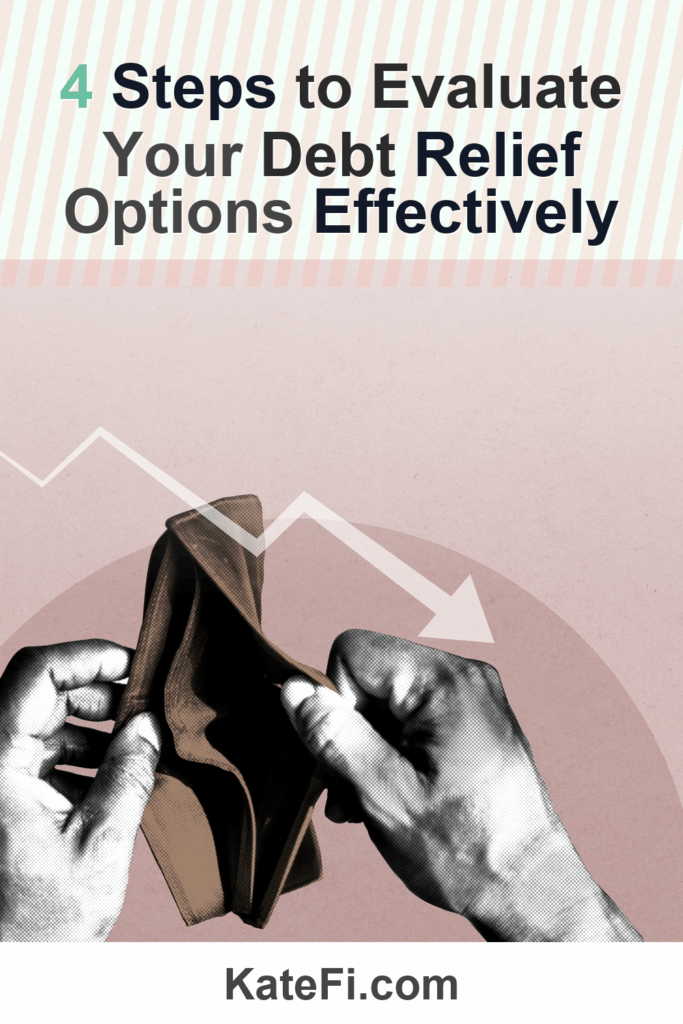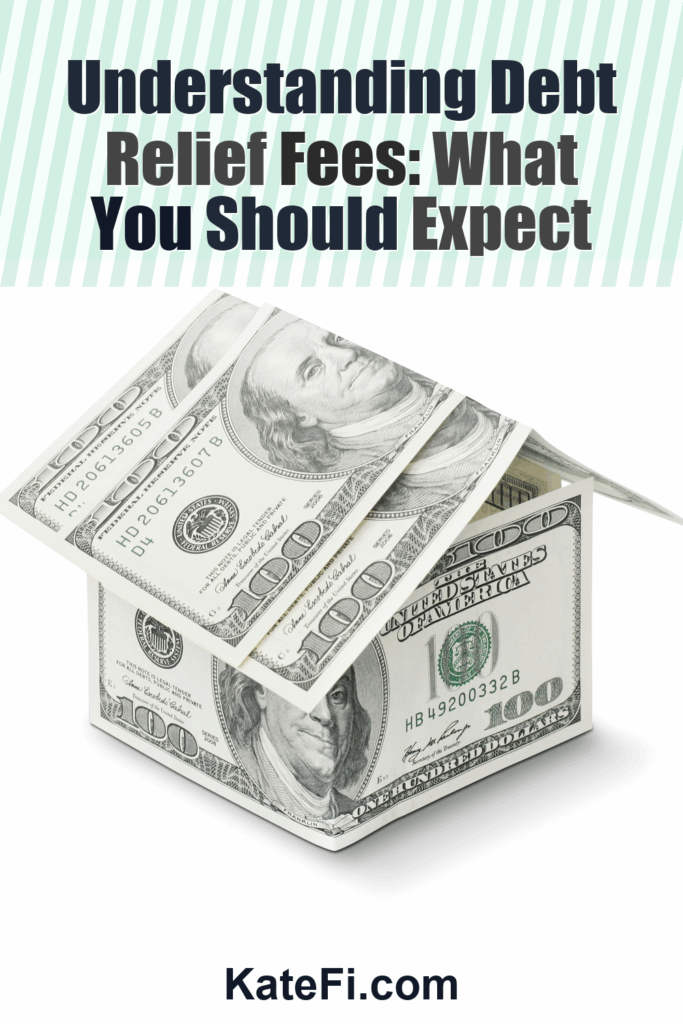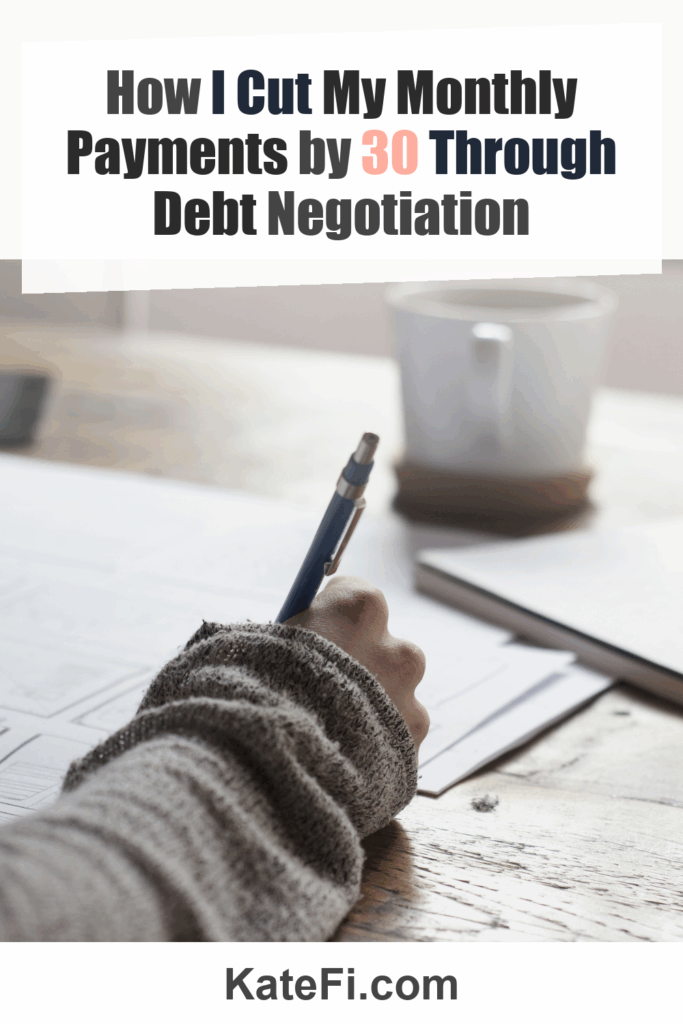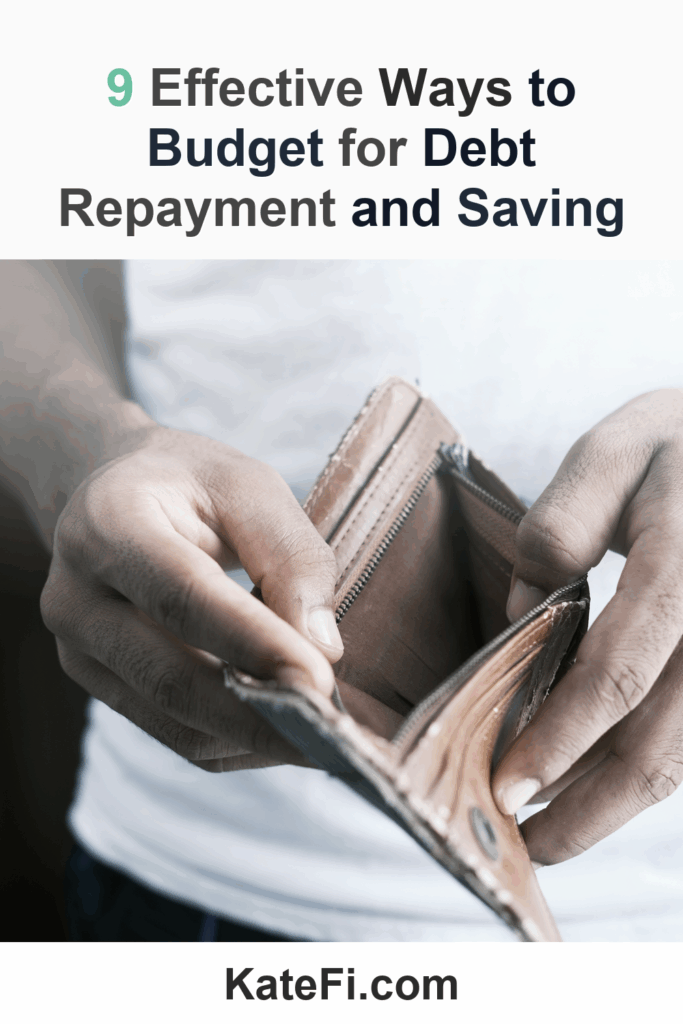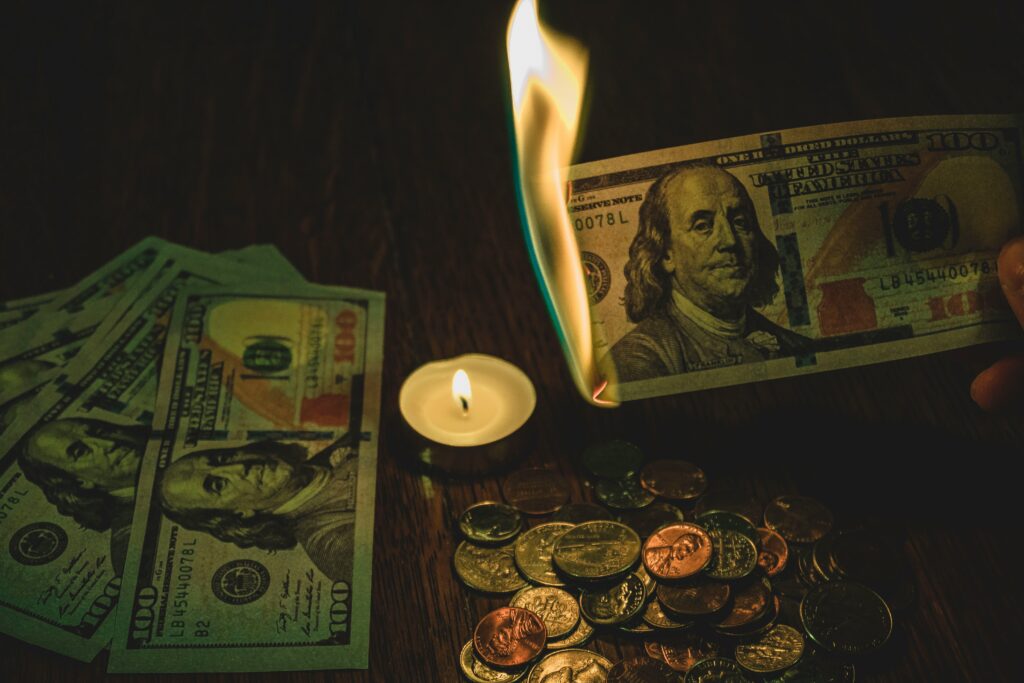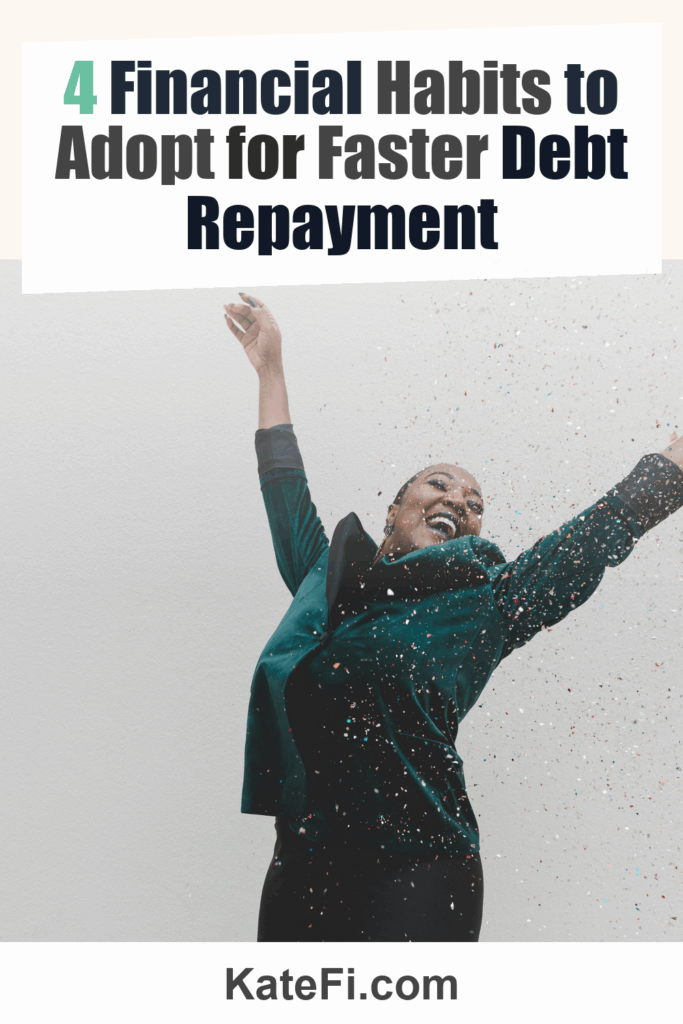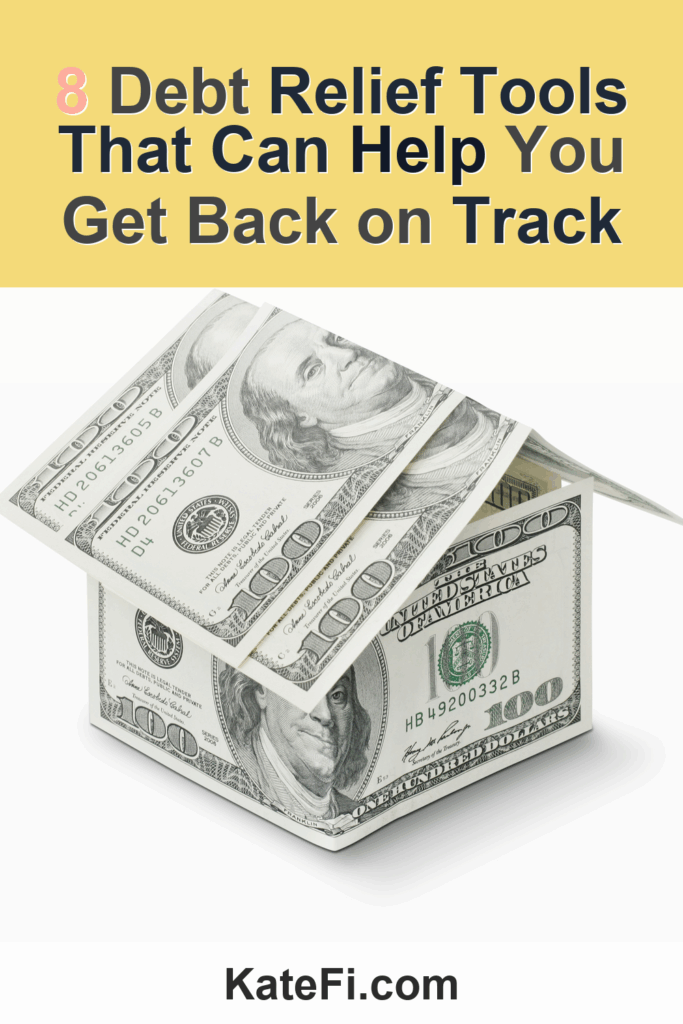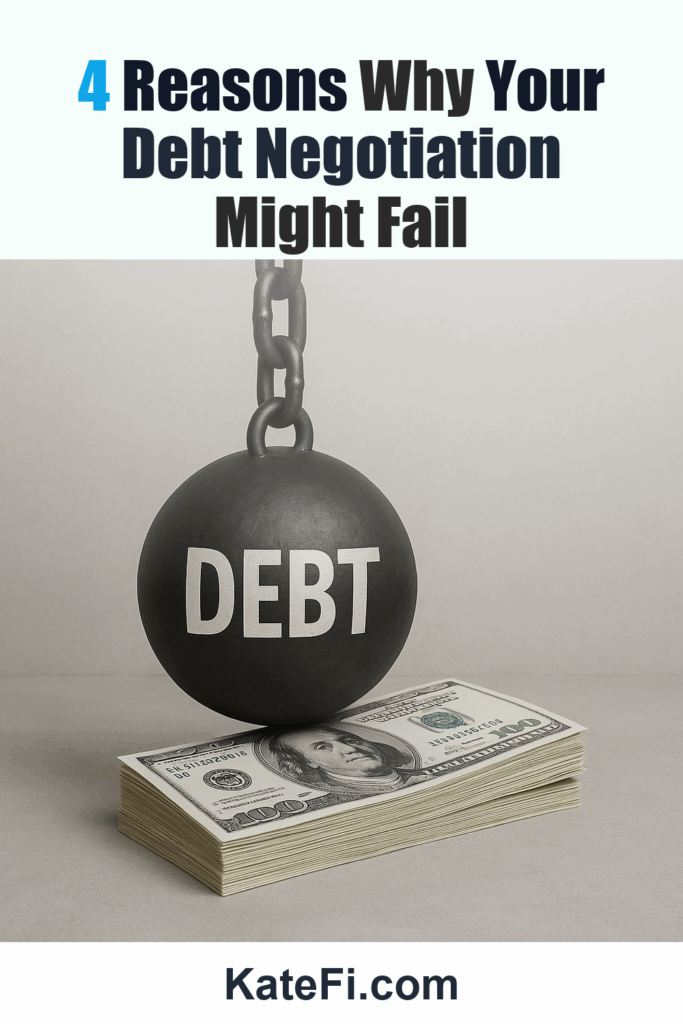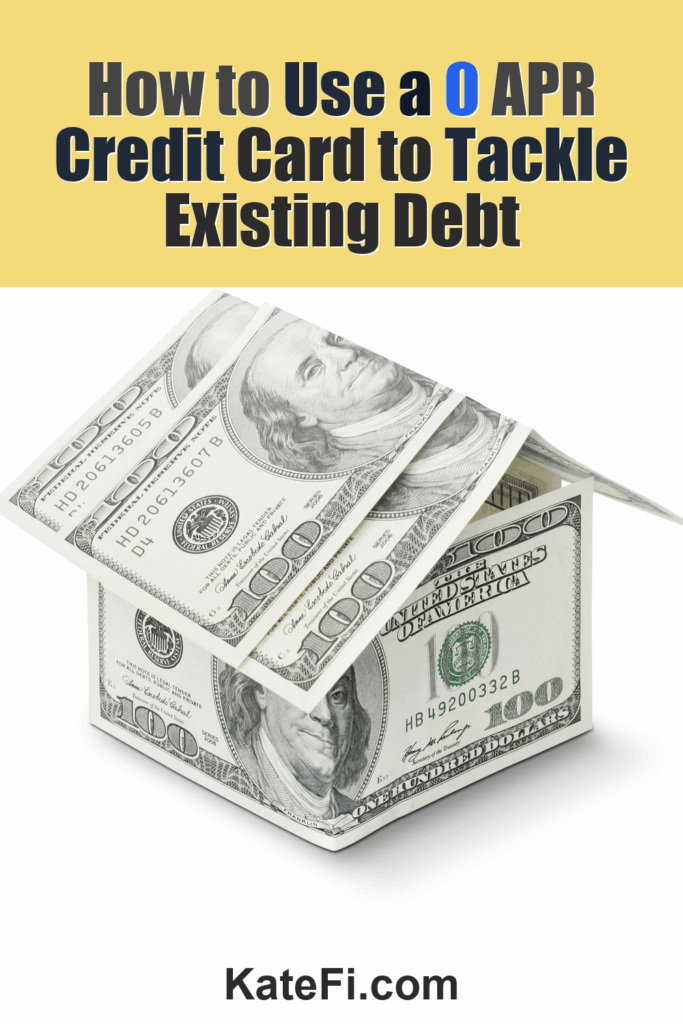The Key Differences Between Debt Relief Options You Should Know
Navigating the world of debt relief can feel overwhelming, especially when you’re unsure of which path is right for you. As you consider your options, it’s crucial to understand the various avenues available for managing and ultimately resolving your debt. This guide will address common questions related to debt relief, provide insights into when bankruptcy consults make sense, and encourage you to get a free consultation to explore your personalized options.
Love our content? Show your support by following us — pretty please!🥺
FOLLOW ON PINTEREST
Hi! I’m Kate, the face behind KateFi.com—a blog all about making life easier and more affordable.
1. What are the main types of debt relief options?
Lower Your Unsecured Debt
If you have $5,000+ in credit card or personal loan debt, a free consult can review options like settlement or hardship plans.
- One-on-one call to review your debts and goals
- See potential monthly payment reductions
- No obligation to enroll
Not available in IL, KS, OR, TN, UT, WV.
There are several primary debt relief options, including:
- Debt Settlement: Negotiating with creditors to pay less than you owe.
- Credit Counseling: Working with a counselor to create a debt management plan.
- Bankruptcy: Legal process that can help discharge or reorganize debt.
- Debt Consolidation: Combining multiple debts into a single loan.
Each option has its benefits and drawbacks, and the right choice depends on your financial situation.
2. How does debt settlement work?
Debt settlement involves negotiating with creditors to reduce the total amount you owe. This process typically takes several months, during which you may stop making payments to your creditors, accumulating savings to offer a lump-sum payment.
However, this approach can significantly impact your credit score, as missed payments may be reported. It’s crucial to consult with a professional before pursuing this path to understand its implications.
✅ See If You Qualify for Debt Relief
3. What role does credit counseling play?
What You’ll Learn on the Call
- Estimated timeline and monthly payment range
- How credit may be affected in the short term
- What documents to gather to move faster
Not available in IL, KS, OR, TN, UT, WV.
Credit counseling helps individuals understand their financial situation and develop a manageable plan for repayment. Counselors often work with creditors to negotiate lower interest rates and establish a more affordable monthly payment schedule.
While credit counseling typically doesn’t impact your credit score directly, it can take time to implement. It’s best suited for individuals with a stable income but struggling with high debt loads.
4. When should I consider bankruptcy?
Bankruptcy is a legal recourse for those unable to meet their financial obligations. It can offer a fresh start by discharging most debts, although it comes with its own set of complexities, including potential loss of assets and long-term credit impact.
Consulting with a bankruptcy attorney can provide clarity on whether this route makes sense for your unique financial situation.
5. What is the difference between Chapter 7 and Chapter 13 bankruptcy?
| Aspect | Chapter 7 | Chapter 13 |
|---|---|---|
| Duration | Usually a few months | 3 to 5 years |
| Repayment Requirement | No repayment required | Requires a repayment plan |
| Asset Protection | Non-exempt assets may be sold | Retain most assets if payments are made |
| Ideal For | Those with little disposable income | Those with regular income |
Understanding the nuances between these two chapters can be essential in deciding your next steps.
6. Can debt relief options lead to lawsuits?
Yes, depending on the route you choose, there may be risks of lawsuits. For instance, if you miss payments while negotiating settlements, creditors might pursue collections or legal action. It’s crucial to weigh these risks against the potential benefits of your chosen path.
7. How do I validate my debts?
Debt validation is the process of confirming that you owe a particular debt. This is particularly important if you have received calls or letters from debt collectors. You have the right to request proof of the debt, and legitimate creditors must provide this information before pursuing further action.
✅ See If You Qualify for Debt Relief
8. What is the impact of debt relief on my credit score?
Most debt relief options can negatively impact your credit score. For instance, debt settlement and bankruptcy typically lead to significant decreases in your score. However, if you’re in a dire financial situation, addressing the problem may ultimately result in a healthier credit score over time.
It’s advisable to regularly check your credit report and understand how your decisions affect your credit health.
9. What documents do I need for a debt relief consultation?
To streamline your debt relief consultation, gather the following documents:
- Recent credit reports
- Pay stubs and other income verification
- Monthly expenses and budget
- Documentation of debts (statements, letters from creditors)
Having these documents ready can facilitate a more comprehensive assessment of your situation.
10. How do I determine which option is right for me?
The best way to evaluate your debt relief options is to consider your financial goals, the amount of debt you owe, and your ability to make payments. Speaking with a professional can help clarify your options based on your specific circumstances.
✅ See If You Qualify for Debt Relief
11. What is a hardship letter, and when should I use one?
A hardship letter is a formal document outlining your financial struggles and requesting leniency from creditors. This letter can be helpful when applying for debt settlement or negotiating payment plans, as it provides context for your situation.
Including clear information about your circumstances—such as loss of income or unexpected medical expenses—can strengthen your case.
12. Are there any alternatives to traditional debt relief methods?
Absolutely! Some individuals find success with alternatives such as:
- Peer-to-Peer Lending: Borrowing from individuals instead of traditional lenders.
- Balance Transfers: Moving debt to a lower-interest credit card.
- Financial Education: Engaging in programs that enhance money management skills.
These alternatives may provide additional flexibility in managing your debt.
Conclusion: Making the Right Choice
Understanding the key differences between debt relief options is essential for making informed decisions about your financial future. Whether you’re considering debt settlement, credit counseling, or bankruptcy, the right choice will depend on your unique circumstances and long-term goals.
We encourage you to take the next step in your journey towards financial freedom. A free consultation can provide clarity and guidance tailored specifically to your situation.
Important: This content is for education only—not legal, tax, or financial advice. Results and eligible programs vary by situation and state. Fees apply if you enroll and complete a program. Debt relief can affect credit; missed payments may lead to collections/lawsuits. Not available in IL, KS, OR, TN, UT, WV.
Consider reaching out today, and empower yourself with the knowledge to tackle your debt head-on!

